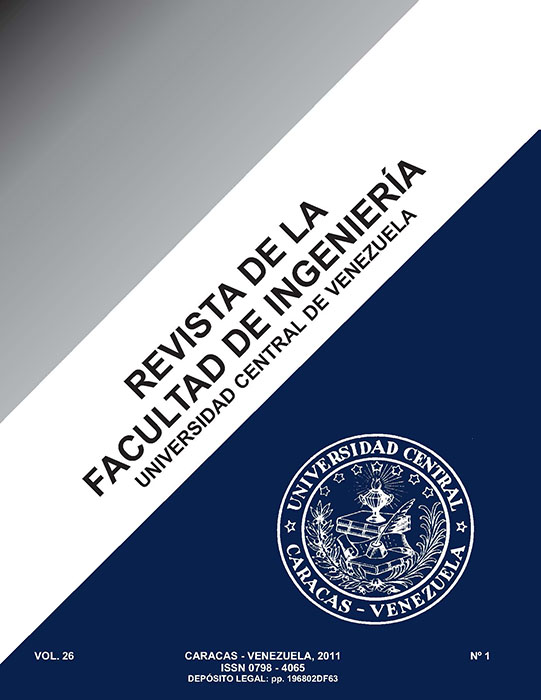INFLUENCE OF CUTTING PARAMETERS AND MATERIAL PROPERTIES ON CUTTING TEMPERATURE WHEN TURNING STAINLESS STEEL / Influencia del Torneado y Propiedades del Material en la Temperatura de Corte de Aceros Inoxidables
Palabras clave:
Turning, Cutting temperature, Stainless steel, Tool-piece-thermopair, Mathematical relationship.Resumen
Cutting temperature is one of the most relevant aspects of machining operations, since it influences tool life. The feed, the cutting speed, the depth of cut and the workpiece material are some of the most important factors that affect the cutting temperature. In this study an empirical relationship between cutting parameters such as: cutting speed, feed, depth of cut as well as maximum strength and thermal conductivity of different stainless steels, on the cutting temperature is presented. Experiments were conducted on AISI 304, AISI 316L and AISI 420 steels during a turning process. For the measurement of the cutting temperature the “Tool- Piece-Thermopair” method was used and the design of experiments was based on the factorial design method. Results showed that the cutting temperature increases when the values of cutting speed, feed, depth of cut, and material maximum strength are increased and that the cutting temperature decreases with the increase of material’s thermal conductivity, being this last variable the one that showed most influence on the cutting temperature.
RESUMEN
La temperatura de corte es uno de los aspectos más relevantes de las operaciones de mecanizado, ya que influye en la vida de la herramienta. El avance, la velocidad de corte, la profundidad de corte y el material de trabajo son algunos de los factores más importantes que afectan a la temperatura de corte. En este estudio es presentada una relación empírica entre los parámetros de corte, tales como: velocidad de corte, avance, profundidad de corte, así como la resistencia máxima y la conductividad térmica de diferentes aceros inoxidables, sobre la temperatura de corte. Los experimentos se llevaron a cabo con aceros AISI 304, AISI 316L y AISI 420 durante un proceso de torneado externo. Para la medición de la temperatura de corte se usó el método termopar herramienta-pieza y el diseño experimental se basó en un diseño factorial de niveles. Los resultados mostraron que la temperatura de corte aumenta cuando los valores de la velocidad de corte, avance, profundidad de corte y resistencia máxima del material se incrementan y que la temperatura de corte disminuye con el aumento de la conductividad térmica del material, siendo esta última variable la que mostró la mayor influencia sobre la temperatura de corte.
Palabras clave: Torneado, Temperatura de corte, Acero inoxidable, Termopar herramienta-pieza, Relación matemática.



